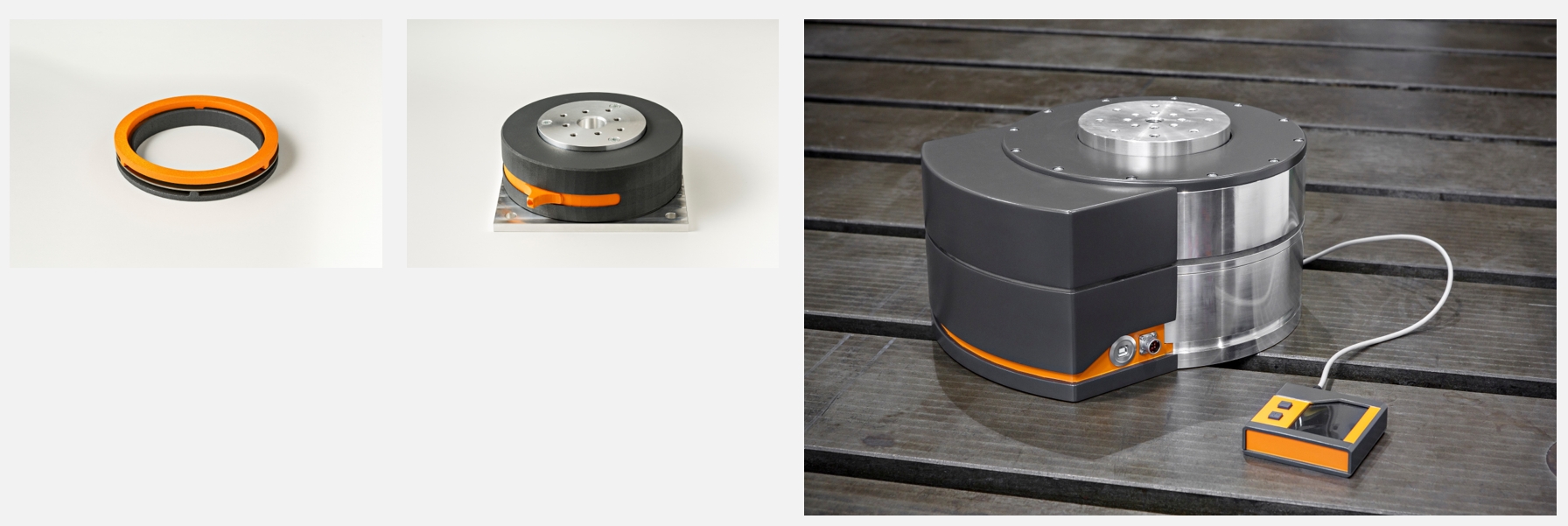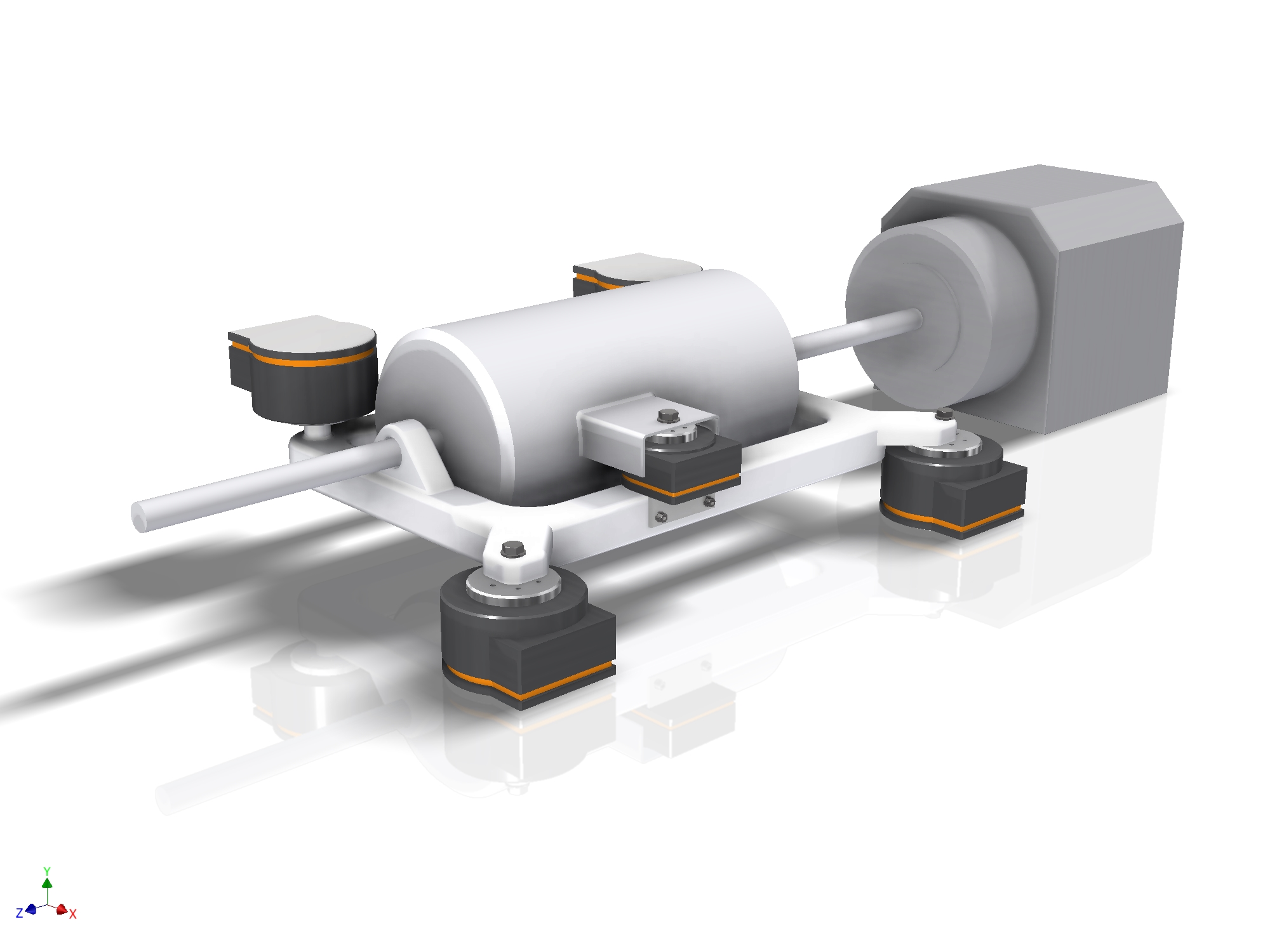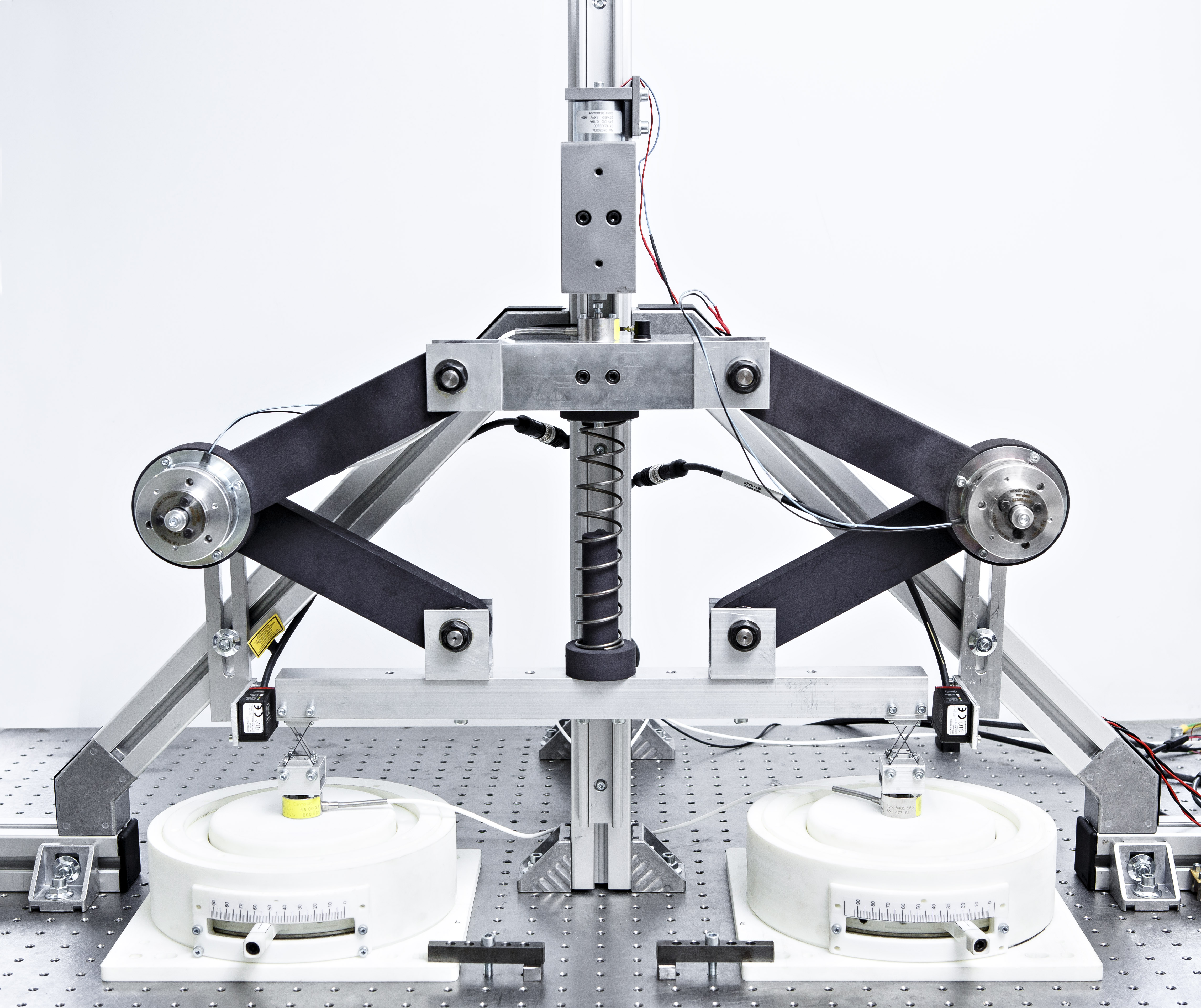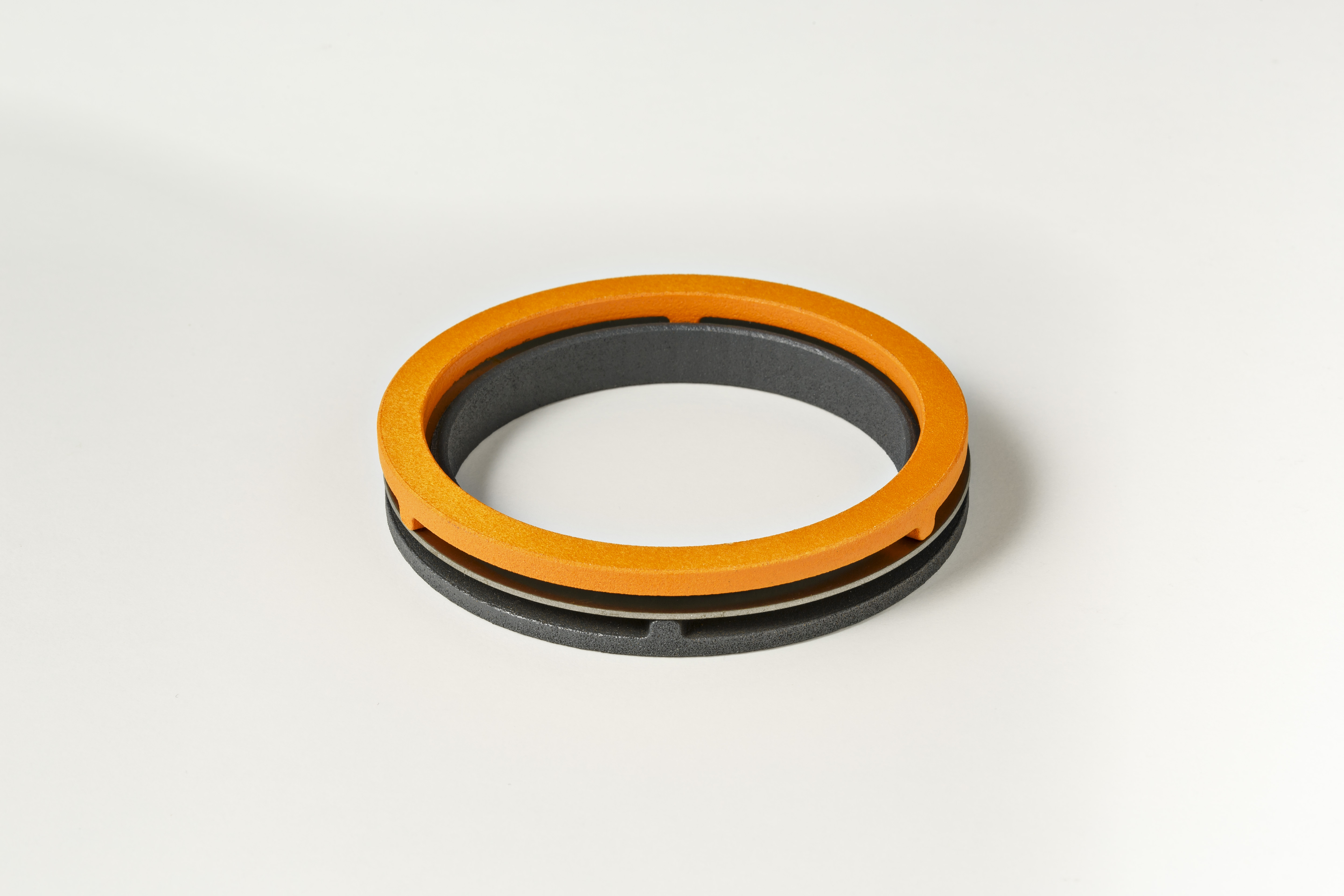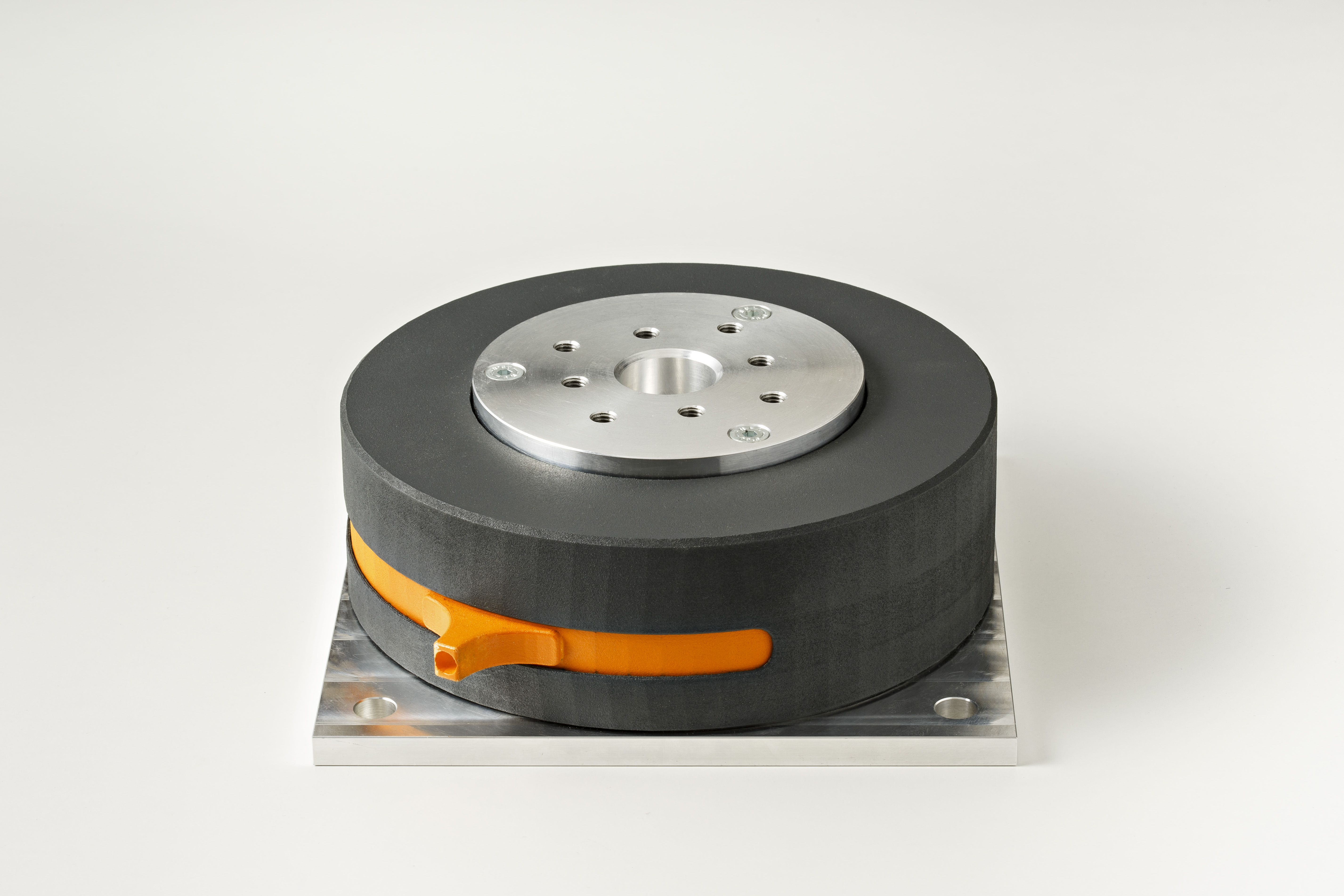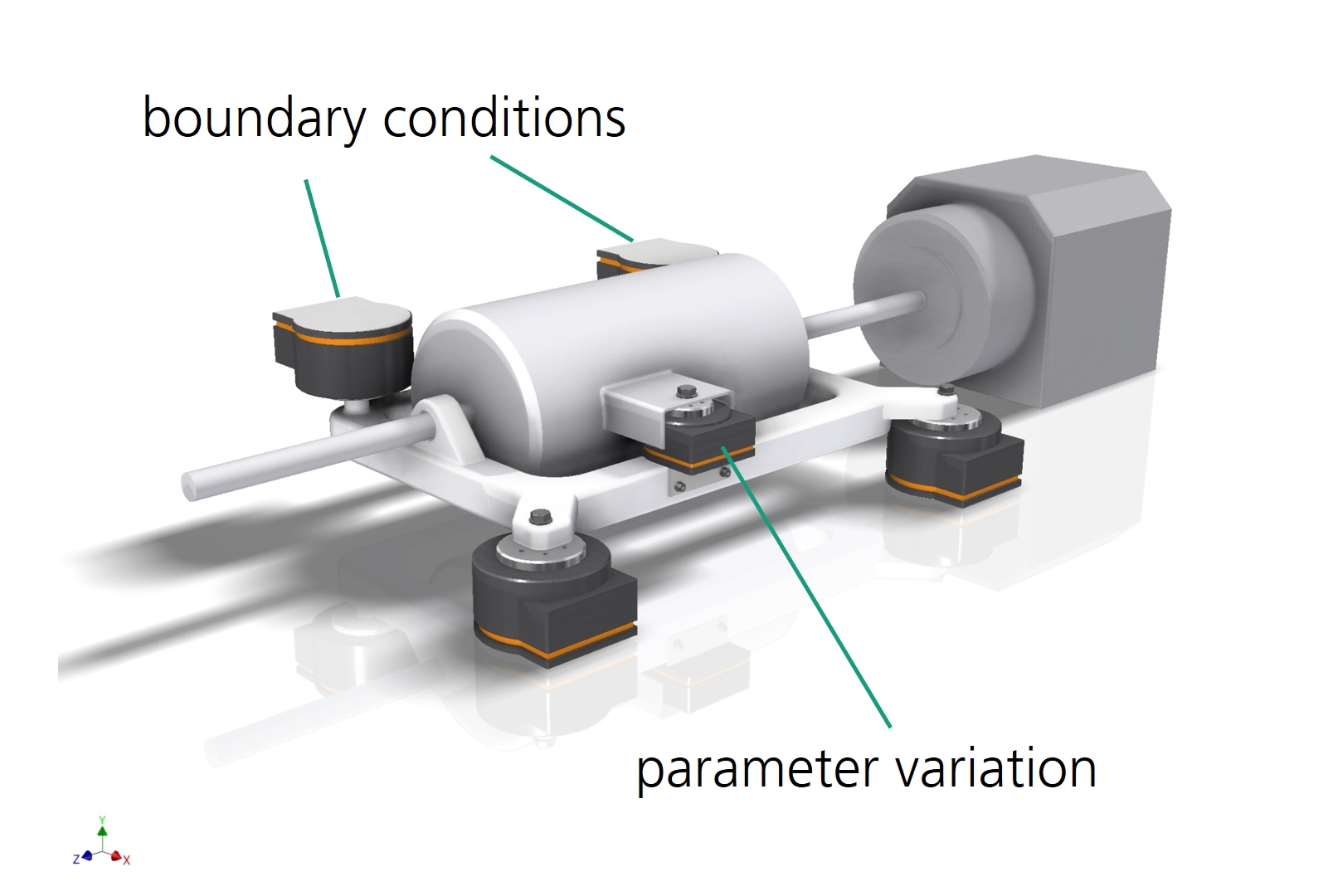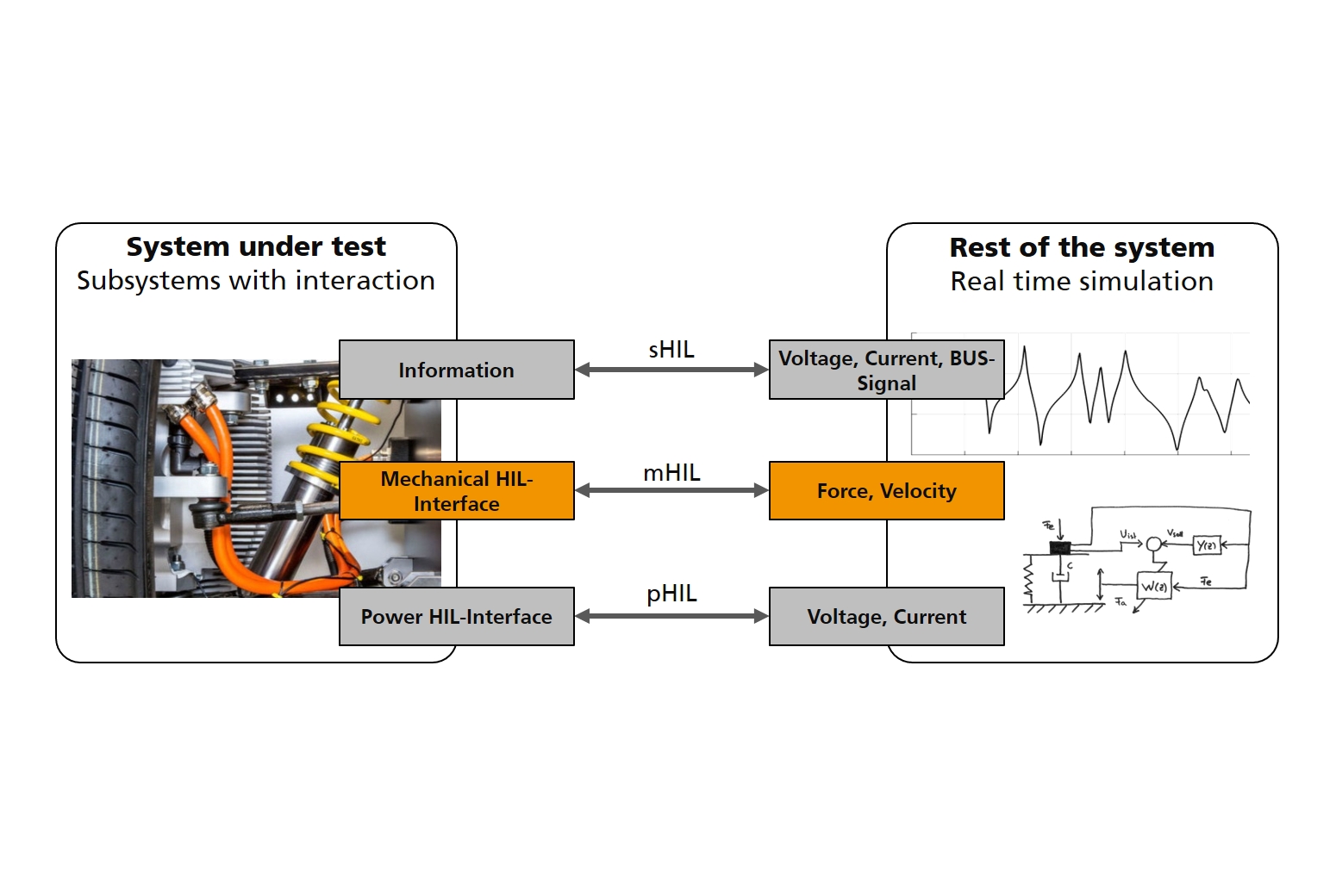Faster Development & Testing enabled by Hybrid Test Solutions
HyTest offers hardware solutions and technology to adjust, adapt and emulate mechanical characteristics. We have developed these solutions to let R&D and test engineers get their jobs done faster and more efficient. Examples for these solutions are mounts with stiffness tuning, vibration absorbers with tunable frequency and damping as well as energy efficient mechanical Hardware-in-the-loop solutions.
Currently we are looking for partners to bring the solutions to the market. If you want to become an early adopter* of these game-changing solutions, please contact us!
* As user or as licensee.
What is hybrid testing?
During product development of complex systems a variety of methods are applied. Numerical methods are very beneficial when it comes to analyze different scenarios in a very short time and in an early stage of the development process. The variation of parameters and characteristics is easy and can be automated.
Experiments in laboratories, testing facilities and on test tracks are nevertheless necessary and are widely applied. If a scenario or a system is too complex to build a sufficient numerical model physical experiments are carried out. Complex test rigs are used for Noise Vibration Harshness (NVH) development, reliability testing or the validation of numerical models. When it comes to the variation of parameters or mechanical characteristics there is often a high effort in physical experiments. Numerous prototype parts are necessary and they have to be exchanged several times in the test rig to vary a single mechanical parameter.
Hybrid testing combines the advantages of numerical and experimental methods. There are two approaches:
- Coupling test rigs with numerical real-time simulations. Often this approach is also called Hardware-in-the-loop testing. A device under test is coupled with a numerical real-time simulation of the rest of the system using a suitable interface.
- Bringing the advantages of the numerical simulation to physical experiments and test rigs. We have developed solutions, which allow rapid variation of mechanical parameters in physical experiments.
